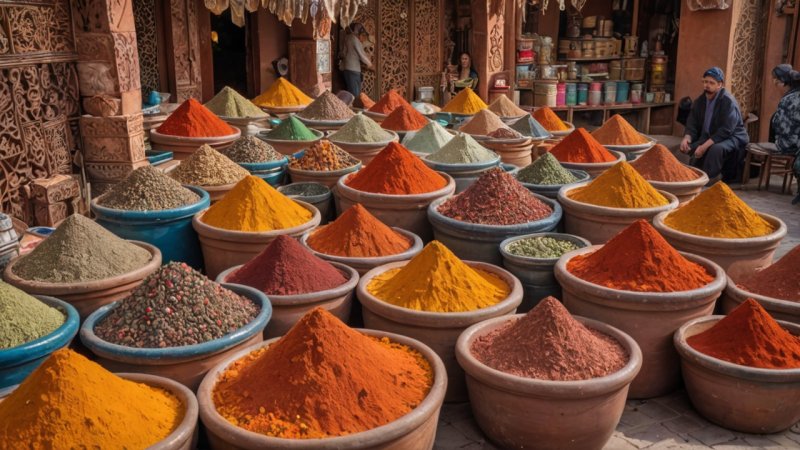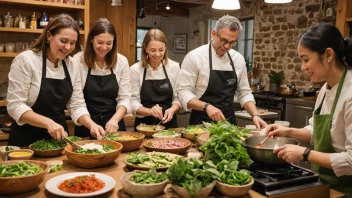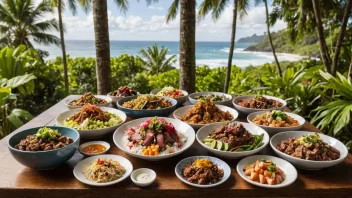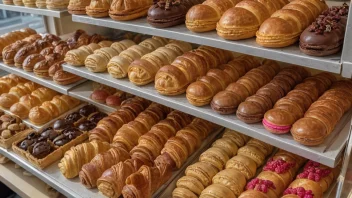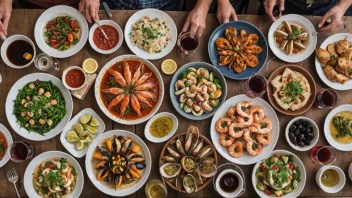Morocco, a land where ancient traditions meet vibrant cultures, offers a culinary journey unlike any other. At the heart of Moroccan cuisine is a rich tapestry of spices that not only tantalize the taste buds but also tell the story of the country's history and diverse influences. From the bustling markets of Marrakech to the serene landscapes of the Atlas Mountains, exploring Moroccan spices is an adventure that captivates every traveler.
One cannot speak of Moroccan cuisine without mentioning the iconic spice blend known as Ras el Hanout. This blend, which translates to 'head of the shop', is a carefully curated mix of spices that can include up to 30 different ingredients, such as cumin, coriander, cinnamon, and cardamom. Each vendor has their secret recipe, making it a unique experience for anyone who ventures into a spice market. Sampling a tagine, a traditional Moroccan dish cooked in a conical pot, seasoned with Ras el Hanout, is a must-do for any culinary enthusiast.
Another essential spice is sumac, known for its tangy and lemony flavor. Often sprinkled on salads or used in marinades, sumac adds a refreshing twist to dishes and reflects the Mediterranean influence on Moroccan cuisine. Don't miss out on trying Tabbouleh, a salad that showcases the vibrant flavors of sumac, parsley, and tomatoes, providing a perfect balance to heavier tagines.
As you wander through the narrow streets of Fez, the scent of harissa wafts through the air. This spicy chili paste is a staple in Moroccan households and can elevate any dish with its heat and complexity. Harissa is commonly used in stews, grilled meats, or even as a condiment to accompany bread. Engaging with local chefs and learning about the preparation of harissa can provide insight into the depth of Moroccan cuisine.
Beyond the spices, Moroccan cuisine is about the experience of sharing a meal with loved ones. Traditional meals are often served on a communal platter, symbolizing unity and hospitality. When visiting Morocco, indulge in a local feast, where dishes like couscous and pastilla are not just food but a celebration of culture and tradition.
To truly appreciate the spices of Morocco, a visit to one of the country’s bustling markets is essential. The markets, or souks, are a sensory overload, filled with vibrant colors, enticing aromas, and friendly vendors eager to share their knowledge. Take the time to speak with local spice merchants, who can offer advice on how to use their products in your own cooking.
In conclusion, a culinary journey through Morocco is not just about the food; it’s about experiencing a rich cultural heritage that is deeply intertwined with its spices. From the aromatic Ras el Hanout to the fiery harissa, each spice tells a story and invites travelers to savor the flavors of Morocco. Whether you are tasting a dish at a local restaurant or exploring the souks, the spices of Morocco are sure to leave a lasting impression on your palate and your heart.
